Starting out in the world of skateboarding can be both exciting and challenging, especially if you’re new to the sport. For many, the idea of gliding down a ramp or performing tricks seems daunting, but with the right guidance, anyone can master the basics and progress to more complex maneuvers. Whether you’re looking to join a local skate park community, share your experiences online, or simply want to improve your skills, this comprehensive guide will walk you through everything you need to know to get started. From finding the perfect spot to practice, to understanding the essential gear required, to learning from experienced skaters, this guide will cover all the aspects of becoming a confident and skilled skateboarder. With patience, dedication, and the right advice, you’ll be able to navigate the board with ease and enjoy the thrill of skateboarding for years to come.
Key Takeaways
- Choose the Right Skateboard: Opt for a 7.75-inch deck for stability, wheels sized 51-53mm for either tricks or cruising, and select from softboards, hardboards, or cruisers. Reputable brands like Santa Cruz, Plan B, and Element offer quality options suitable for your skill level and budget.
- Master the Basics Slowly: Focus on perfecting your stance, foot placement, and basic tricks like ollies and kickflips before advancing. Consistent practice and patience are key to building confidence.
- Wear Protective Gear: Prioritize safety with a helmet, knee pads, and wrist guards to minimize risks during learning.
- Find Safe Spots: Practice on smooth surfaces such as skate parks or driveways to avoid hazards and reduce injury risks.
- Seek Guidance: Ask locals or watch tutorials from experienced riders to gain insights and improve your technique.
- Stay Patient and Celebrate Progress: Maintain a positive attitude, acknowledge small victories, and keep motivated as you progress.
- Upgrade When Ready: Once comfortable, transition to a regular skateboard and continue practicing to enhance your skills.
These tips provide a structured approach to help beginners excel in skateboarding safely and effectively.
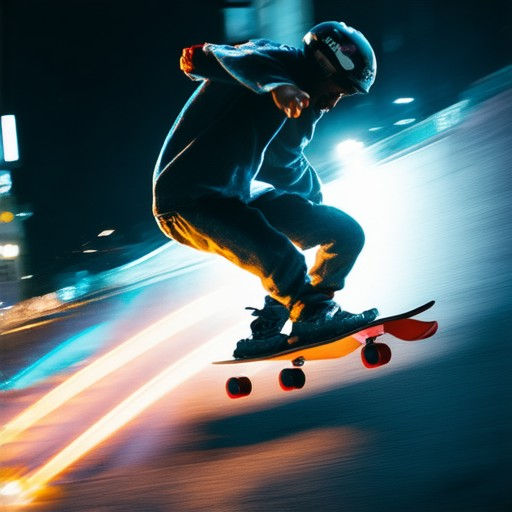
How Should A Beginner Start Skateboarding?
Starting skateboarding as a beginner can be an exciting journey, but it requires the right approach to ensure safety and progress. Here’s a step-by-step guide to help you get started:
- Choose the Right Equipment
- Get a proper skateboard suited for your skill level.
- Pick comfortable skate shoes with supportive cushioning.
- Wear protective gear including elbow pads , knee pads, and wrist guards.
- Consider additional accessories like a bag for carrying your gear.
- Learn the Basics of Skateboarding Technique
- Start with a wide stance for balance and control.
- Push off with your non-dominant foot and transfer your weight to the opposite foot to begin moving.
- Practice turning techniques gradually, focusing on smooth transitions.
- Balance is key – stay low to the ground and keep your eyes forward to avoid obstacles.
- Practice Safely and Consistently
- Find a safe, open space to practice, away from traffic and uneven surfaces.
- Start with simple tricks like ollies and pop shove-it before attempting more complex maneuvers.
- Take breaks often and hydrate to stay energized during your sessions.
- Watch tutorials and videos to learn advanced techniques.
- Join a Community
- Connect with other skaters at local skate parks or online forums to share experiences and tips.
- Follow influencers and pro skateboarders for inspiration and motivation.
- Participate in local events or competitions to meet fellow skaters.
- Maintain Your Skateboard
- Clean your board regularly to remove dirt and debris using a soft cloth and mild soap.
- Check for worn wheels or damaged parts and replace them as needed.
- Store your skateboard in a dry place to prevent warping or rusting.
Remember, skateboarding is all about having fun and improving with every session. Keep practicing, stay persistent, and enjoy the thrill of riding your board!
What Should a Beginner Skater Do?
Asking yourself “what should a beginner skater do?” is a great start! Learning to skateboard takes time, patience, and practice, but with the right approach, you’ll be rolling in no time. Here’s a step-by-step guide to help you get started:
1. Choose the Right Setup
- Deck Size: Start with a standard 7.5″ or 8″ board. Larger boards can be harder to maneuver.
- Wheel Size: 51mm-54mm wheels are ideal for smoother rides and better control.
- Trucks: Soft trucks (like those from Thunder or Independent) are recommended for stability.
- Parts: Look for complete boards or customize yours with trusted components from brands like Kickflip Boards .
2. Protect Yourself
- Helmet: Always wear a helmet to protect against falls and collisions.
- Knee Pads and Elbow Pads: These can save you from scrapes and bruises during falls.
- Clothing: Dress comfortably with breathable materials and sturdy shoes.
3. Find the Right Spot
- Parking Lots: A smooth, flat surface is perfect for learning.
- Skate Parks: Many have designated areas for beginners with soft barriers.
- Empty Parking Garages: Clean and quiet spaces work well for practice.
4. Learn the Basics
- Pushing Off: Place your non-dominant foot forward and push with your dominant foot.
- Balancing: Keep your eyes forward and stay low to the ground.
- Turning: Pop your nose and weight back to carve turns smoothly.
- Stopping: Brake ride by sliding backward or manual stop by lifting your feet.
5. Practice Regularly
- Daily Sessions: Even short sessions can help improve your skills quickly.
- Focus on Form: Maintain good posture and body positioning.
- Watch Videos: Check out tutorials on platforms like YouTube or enroll in local classes for structured learning.
6. Stay Safe and Have Fun
- Start Slowly: Don’t rush to try tricks until you’re comfortable cruising.
- Join a Community: Skate with friends or visit local skate parks to meet others.
- Get a Coach: Consider hiring a professional to give you personalized tips.
By following these steps, you’ll be well on your way to mastering the basics of skating. Remember, progress takes time, so enjoy the journey and keep pushing forward! For more tips and equipment suggestions, visit Kickflip Boards .
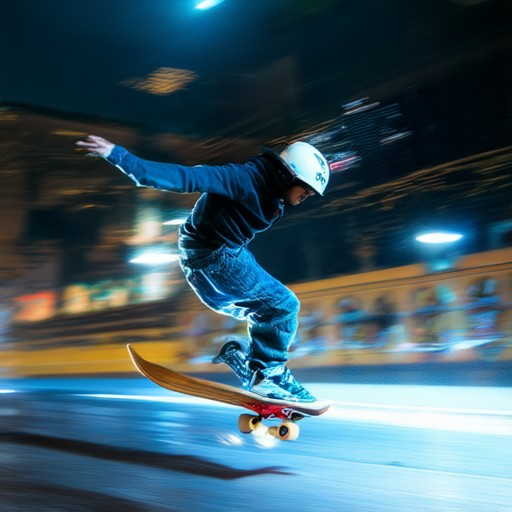
Can Skateboarding Be Self-Taught?
Yes, skateboarding can definitely be learned through self-teaching with consistent practice and dedication. Many skateboarders pick up the sport independently, often by watching tutorials, experimenting with tricks, and refining their skills over time. Here’s how you can effectively teach yourself:
Why Skateboarding Can Be Self-Taught
- Access to Resources: With online tutorials, guides, and videos available, it’s easier than ever to learn at your own pace.
- Practice and Patience: Skateboarding requires repetition and patience. You can practice alone or with friends who share a passion for the sport.
- Progress at Your Own Rate: There’s no set timeline for mastering tricks. Progression happens naturally with consistent effort.
How to Teach Yourself Skateboarding
- Start Small: Begin with the basics like standing on the board, balancing, and pushing. Gradually introduce more complex tricks.
- Watch Tutorials: Use platforms like YouTube or Kickflip Boards to find step-by-step guides tailored to your skill level.
- Practice Regularly: Dedicate time daily to work on your technique. Even 15–30 minutes a day can lead to noticeable progress.
- Learn from Others: Watch skateboarders in person or via video to mimic their movements and techniques accurately.
- Focus on Safety: Wear protective gear like helmets and knee pads to prevent injuries during practice.
Utilize Resources from Kickflip Boards
Kickflip Boards offers comprehensive resources to help you master skateboarding. From beginner guides to advanced trick tutorials, our platform provides everything you need to excel as a self-taught skateboarder. Explore our guide on skateboard types to choose the right board for your style and check out our maintenance tips to keep your equipment in great shape.
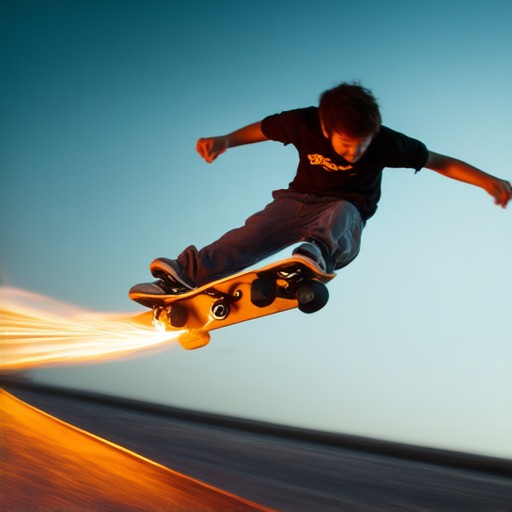
What Kind of Skateboard Should a Beginner Get?
Choosing the right skateboard for a beginner involves considering factors like deck size, wheel size, construction, and intended use. Here’s a breakdown to help you make an informed decision:
- Deck Size: A standard size of 7.75 inches is recommended for most beginners. This width provides a good balance between stability and maneuverability, making it easier to learn basic tricks and controls.
- Wheel Size: Wheels typically range from 51mm to 53mm. Larger wheels (53mm) offer a smoother ride and are ideal for commuting or cruising, while smaller wheels (51mm) are better suited for tricks. Choose based on your primary interest.
- Construction: Softboards are excellent for newcomers due to their flexibility and ease of learning. They are more forgiving and comfortable, especially if you fall frequently. Hardboards, with their stiffer feel, can be a good transition once you gain more confidence.
- Cruisers: If you’re interested in long commutes or enjoying a fun, fast ride, consider a cruiser. These boards feature larger wheels and a relaxed riding style, though they may take some effort to master.
Recommended Brands: Look for reputable brands like Santa Cruz, Plan B, or Element, which offer quality starter models. Their websites and reviews often provide valuable insights into board performance and suitability.
Safety Gear: Invest in protective gear such as knee pads and a helmet to minimize risks during learning. Consider affordable options that offer good coverage and comfort.
Budget Considerations: Aim for mid-range boards priced between $300 and $500. This range offers good value without compromising on quality. Compare features and prices to find the best option for your needs.
For the best experience, visit a local skate shop to see the available options firsthand and seek advice from more experienced riders. This hands-on approach can help you make the perfect choice for your skill level and preferences.
What are the best tips for a beginner to learn skateboarding?
Learning skateboarding requires patience, the right mindset, and consistent practice. Here are some expert tips to help you get started:
- Start with the Right Gear: Invest in a good helmet, knee pads, and wrist guards. These safety gear can prevent injuries during falls.
- Choose the Right Board: A cruiser board or a softboard is ideal for beginners. Look for options at Kickflip Boards or explore alternatives like those available at SkateHawker .
- Master Your Stance: Practice your stance by standing on your board and balancing. Experiment with different foot positions until you find what feels most comfortable.
- Focus on Foot Placement: Learn to place your feet correctly for balance and control. Keep your weight distribution even and your knees bent.
- Set Achievable Goals: Don’t rush to land tricks too quickly. Focus on mastering the basics like ollies and kickflips before moving on to more advanced moves.
- Find a Safe Spot to Practice: Look for smooth surfaces like parking lots or skate parks. Avoid rough terrain to minimize the risk of injury.
- Seek Guidance from Experienced Skaters: Ask questions at local skate shops or online forums. Watch videos tutorials from pros like those featured on Planetskate .
- Stay Patient and Positive: Learning skateboarding takes time. Celebrate small victories and keep a positive attitude.
- Progress Gradually: Once you’re comfortable, consider upgrading to a regular skateboard. Practice regularly to build confidence and skill.
With dedication and the right approach, you’ll be riding like a pro in no time!
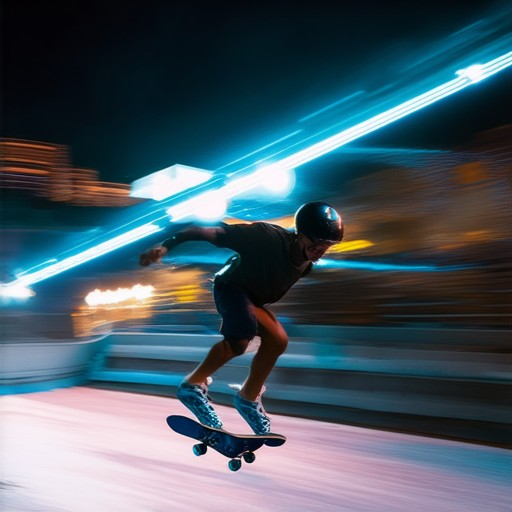
Essential Tips for a Beginner to Learn Skateboarding
Learning skateboarding requires patience, consistency, and the right approach. Here are some expert tips to help you get started:
Safety Gear First
Protective equipment is crucial for beginners. Invest in a helmet, knee pads, and wrist guards to stay safe while learning. These gears help protect against falls and scrapes.
Foot Placement and Balance
Your feet placement is key to mastering balance. Start with a slightly wider stance than usual and shift your weight back to keep steady. Practice shifting your weight from one foot to the other gradually.
Practice Techniques Slowly
Don’t rush the learning process. Focus on perfecting basic moves like the ollie, grind, and kickflip before attempting more complex tricks. Watch tutorials but adjust the techniques to suit your style.
Find the Right Spot
Look for smooth, flat surfaces to practice. Avoid rough terrain or uneven ground to minimize the risk of accidents. Find a local skate park or use your driveway at home.
Mental Approach Matters
Stay calm and focused. Learning skateboarding is as much mental as it is physical. Don’t fear mistakes—every fall is part of the journey. Keep a positive attitude and enjoy the process.
Track Your Progress
Keep track of your progress by noting down the tricks you’ve mastered and the ones you’re struggling with. Set small goals and celebrate when you achieve them. This will keep you motivated and confident.
Kickflip Boards offers comprehensive resources to help you improve your skills. Visit our website for detailed guides, video tutorials, and tips for skaters of all levels.
Remember, skateboarding is a lifelong journey. Keep practicing, stay persistent, and enjoy the thrill of riding the board!
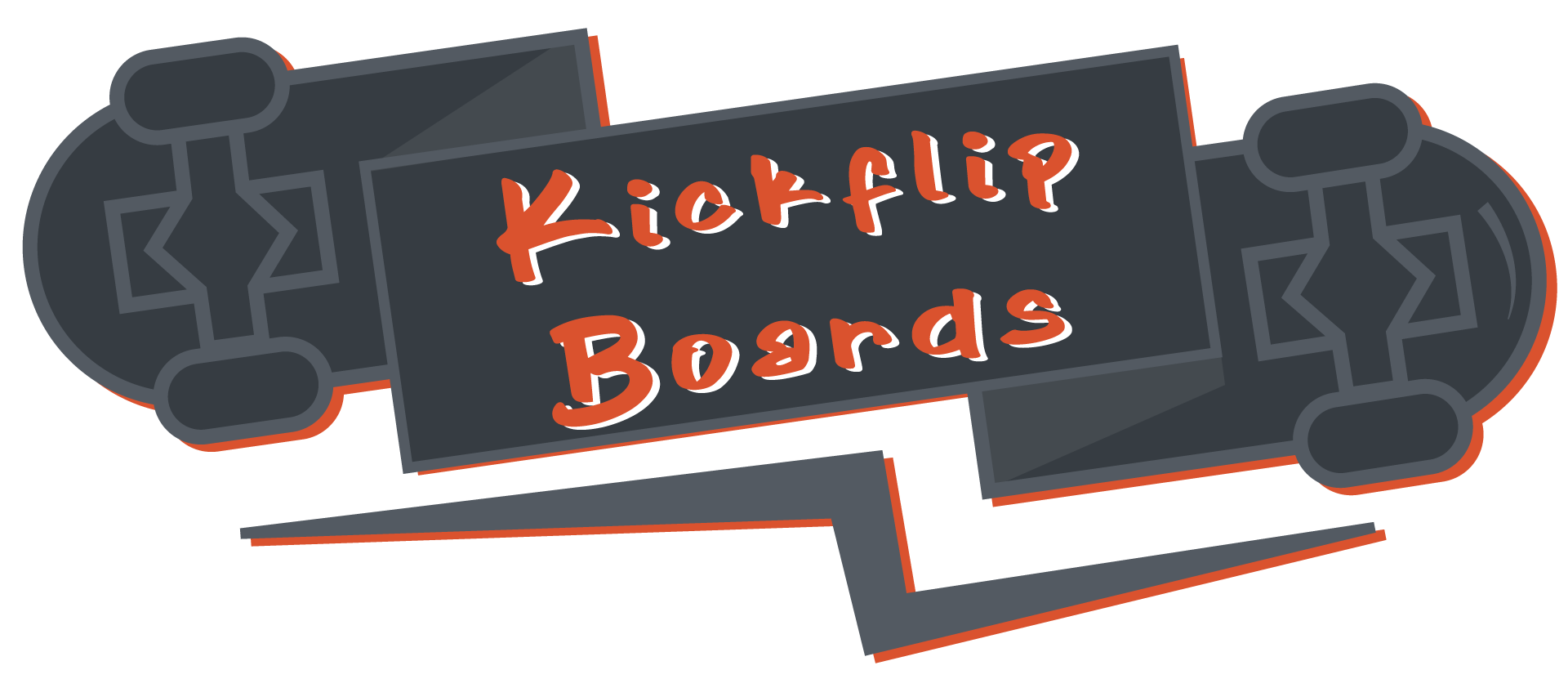



0 Comments